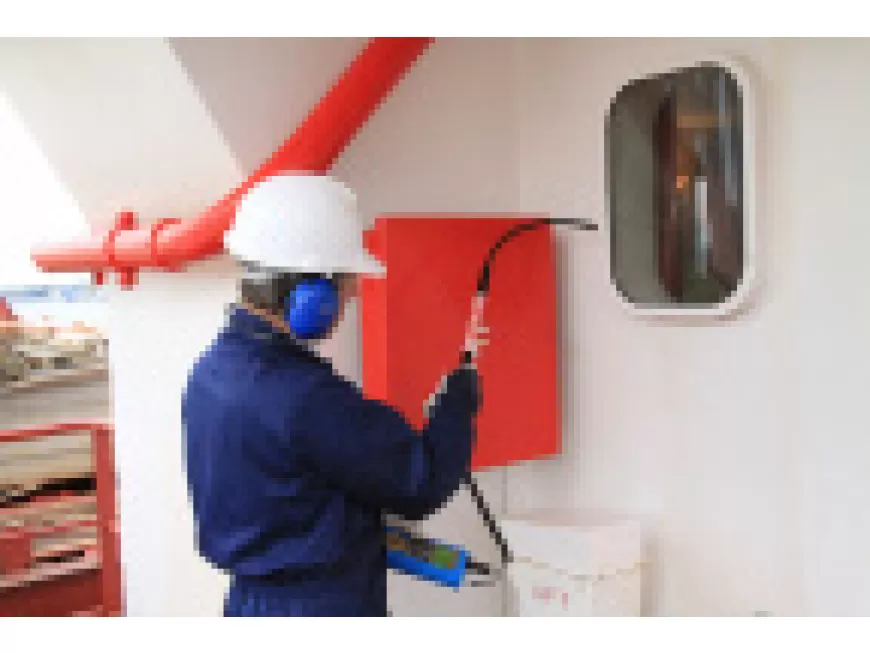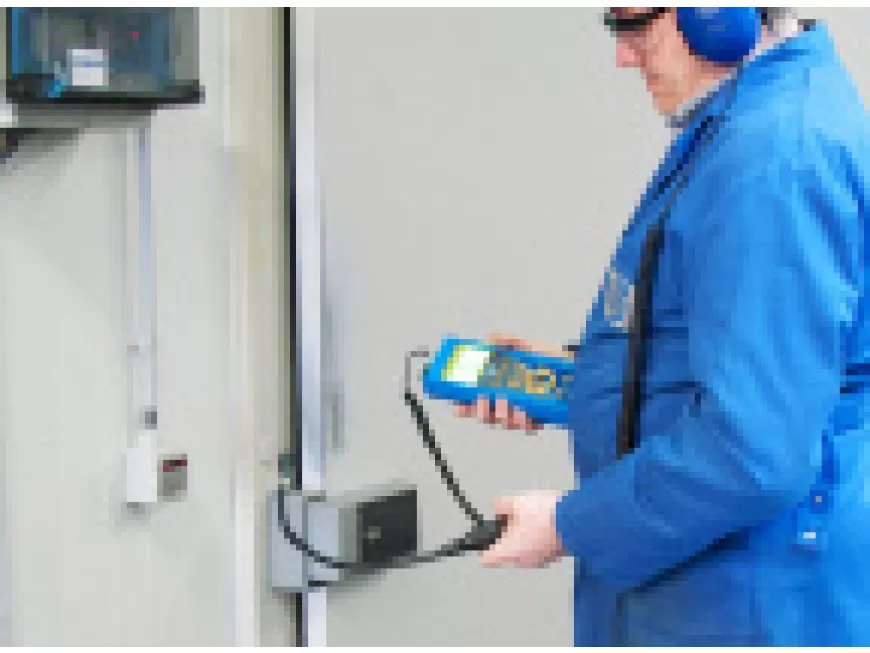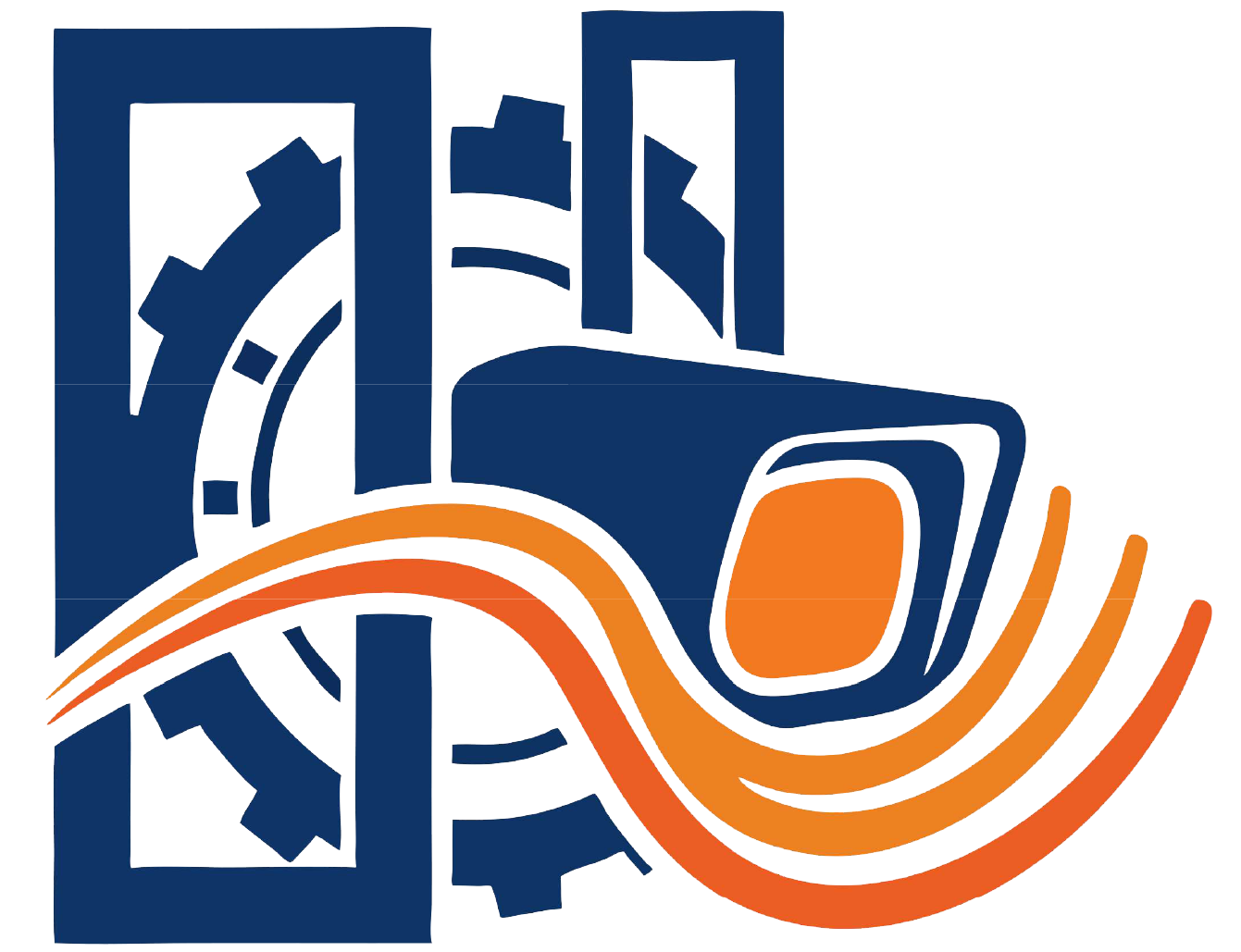



Fuel Leaking From Domestic Underground Storage Tanks Damage the Environment and Waste Valuable Resources
Overtime the tightness integrity of underground storage tanks or other air tight compartments can deteriorate. Or… they were never air tight to begin with. This is why tightness testing is an essential maintenance task to be carried out on underground storage tanks to prevent leaks that are wasteful and harmful to the environment. Indeed, leaking underground storage tanks result in contamination of the surrounding soil, groundwater and surface water. Not to mention, the loss of resources through the leak.
Underground tank testing with ultrasound simultaneously evaluates the tightness of the tank and the piping without opening the manhole. The SDT device detects leaks in domestic underground fuel storage tanks thanks to the Guided Mode embedded in its firmware, escorting you through the standard procedure step-by-step. Use guided mode to add visual information useful for report creation such as the liquid level, the tank’s diameter, and much more.
The SDT Tank Test Reporter provides tank owners with a comprehensive report detailing their tank condition.
Tank tightness testing using ultrasound inspection is a reliable method for assessing the integrity and leak potential of storage tanks. It involves the use of specialized ultrasound equipment to detect and analyze ultrasound signals emitted by the tank structure. Here is an overview of how tank tightness testing using ultrasound inspection is typically done:
Equipment Preparation
Ultrasound Device
Sensor Placement
Baseline Measurement
Tank Pressurization
Ultrasound Signal Capture
Data Analysis
Leak Identification
Reporting and Evaluation
The report may also provide recommendations for repairs, further inspections, or additional testing based on the severity and location of the identified leaks or weaknesses.
Tank tightness testing using ultrasound inspection is a non-destructive and efficient method for evaluating the integrity of storage tanks. By detecting and analyzing ultrasound signals emitted by the tank structure, this testing method helps identify leaks, minimize environmental risks, and ensure the safety and reliability of tank systems.



